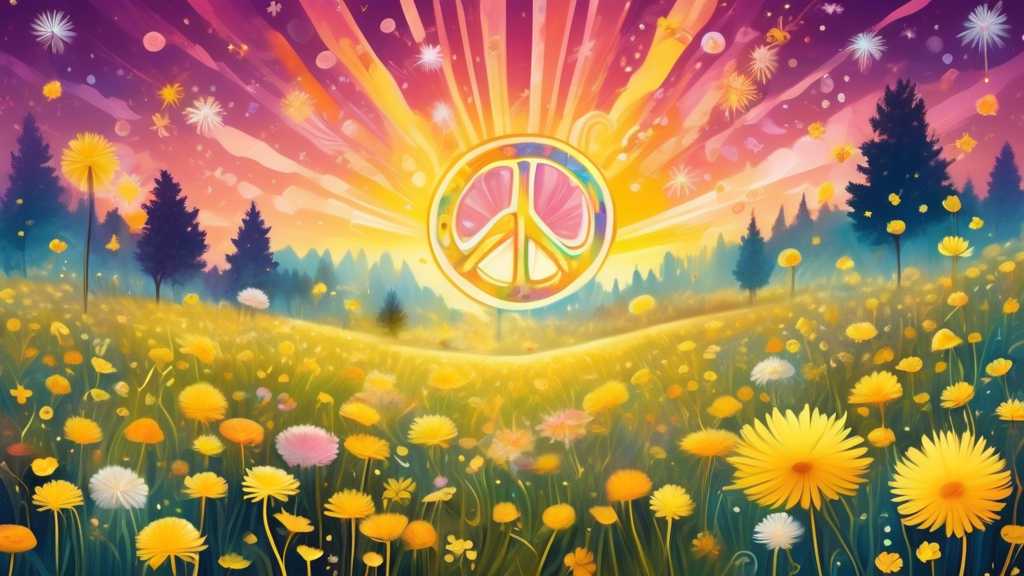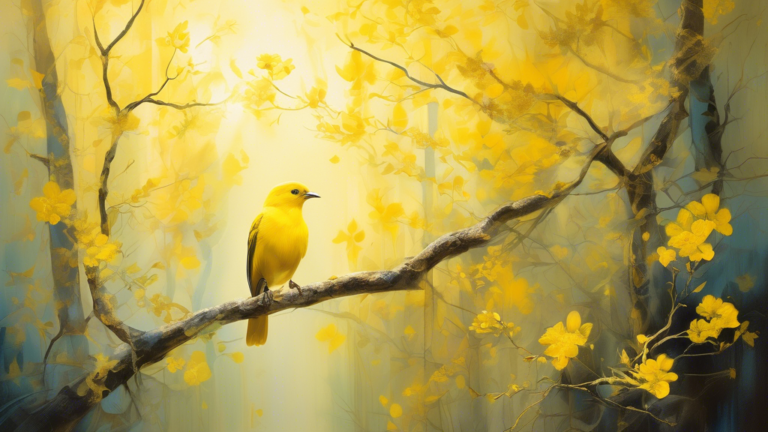Exploring the Symbolism of Dandelions
Introduction to Dandelion Symbolism
The dandelion, a flowering plant widely recognized for its yellow flowers and fluffy, seed-bearing heads, carries with it a multitude of meanings and symbolic implications across different cultures and contexts. Though often considered a mere weed by gardeners, the dandelion holds a place of importance in folklore, herbal medicine, and cultural symbolism, making it a plant rich in both beauty and metaphor.
Cultural Significance and Historical Background
The dandelion’s name derives from the French term dent de lion, meaning lion’s tooth, which refers to the deeply serrated leaves of the plant. Originally native to Europe and Asia, it has since spread almost globally, thriving particularly in temperate regions. Historically, the plant has been part of traditional medicine in cultures ranging from Europe to China, where it has been used to treat ailments from liver problems to digestive disorders.
European Folklore
In European folklore, dandelions are associated with several magical and symbolic qualities. They are said to possess the power to predict love and tell fortunes. One common folklore tradition involves blowing the seeds from a dandelion globe while thinking of a loved one or a desire. The direction in which the seeds fly is said to be where your loved one resides or where your dreams will take you.
Native American Traditions
Among many Native American tribes, dandelions are regarded as sacred plants with strong healing powers. They are often used in herbal medicine to treat a variety of ailments. Symbolically, they represent survival and perseverance, as the plant’s ability to thrive in difficult conditions is seen as emblematic of an indomitable spirit.
Eastern Symbolism
In Chinese folklore, the dandelion is seen as a symbol of emotional healing and easing painful memories. It is also associated with the sun’s energy due to its bright yellow flower, resembling the sun. The puff ball of the dandelion is often used in meditation and ritual to promote spiritual clarity and insight.
Universal Themes in Dandelion Symbolism
Across many cultures, the dandelion shares some common symbolic themes, which include resilience, transformation, and hope.
Resilience
The dandelion’s capacity to thrive in harsh conditions and its unstoppable nature make it a symbol of resilience. This characteristic is often taken as inspiration by individuals facing challenges in their lives, reminding them of their inner strength and ability to overcome adversity.
Transformation and Renewal
Each phase of the dandelion’s life cycle can be seen as a metaphor for transformation. From a bright yellow flower to a fluffy, white ball of seeds, it symbolizes growth, change, and the ability to rise anew from life’s challenges.
Hope and Wishes
The act of blowing away the dandelion seeds to make a wish captures the essence of hope. This simple, childlike gesture is packed with symbolism, representing our deepest desires for growth, expansion, and new possibilities.
Modern Usage and Considerations
Today, dandelions continue to be a source of inspiration in art, literature, and wellness. They are often used in teas, salads, and as a coffee substitute. The plant is rich in vitamins and antioxidants, proving it to be as beneficial physically as it is symbolically.
Some modern movements also advocate for the recognition and utilization of dandelions as a sustainable food source, arguing against the notion of dandelions as unwanted weeds. In this light, the dandelion serves as a symbol of sustainable practices and environmental consciousness, making it a relevant emblem for today’s eco-centric worldviews.
Conclusion
The symbolism of the dandelion is as enduring as the plant itself. From ancient traditions and folklore to modern ecological movements, the dandelion encapsulates themes of healing, emotional and physical resilience, transformation, and hope. In acknowledging these rich meanings and promoting its benefits, perhaps we can shift our perspective on this hardy little plant that much of the world considers a nuisance, seeing it instead as a source of inspiration and natural beauty.
Exploring the Symbolism of the Black Cow in Various Cultures







